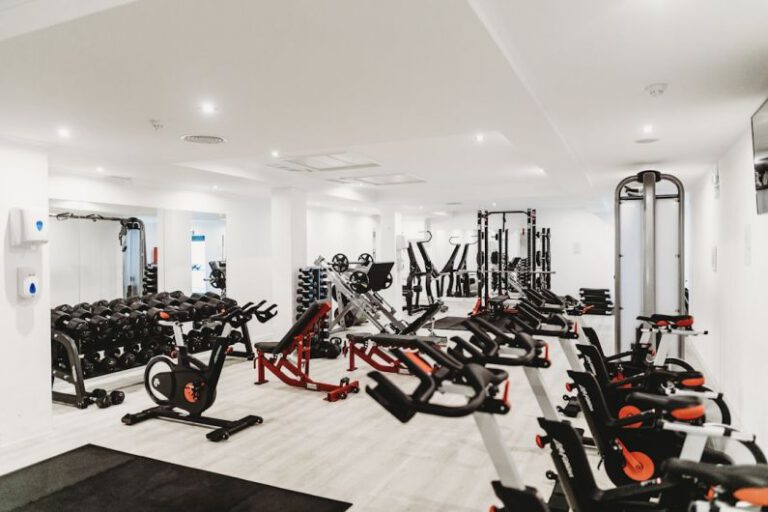Understanding the Basics of Cardio
Cardiovascular exercise, commonly known as cardio, is a crucial component of any fitness routine. It involves activities that increase your heart rate and help improve the health of your heart and lungs. Whether you’re a fitness enthusiast looking to boost your endurance or someone just starting out on their fitness journey, understanding the basics of cardio is essential to maximizing its benefits.
Benefits of Cardio
Engaging in regular cardiovascular exercise offers a wide range of benefits for both your physical and mental well-being. One of the primary benefits is that cardio helps improve your heart health by strengthening the heart muscle and improving its efficiency in pumping blood throughout the body. This, in turn, can lower your risk of developing heart disease and other cardiovascular conditions.
Additionally, cardio can help you manage your weight by burning calories and increasing your metabolism. It can also improve your overall endurance and stamina, making everyday activities feel less tiring. From reducing stress and anxiety to boosting your mood and enhancing your sleep quality, the mental health benefits of cardio are equally significant.
Types of Cardio
Cardiovascular exercises come in various forms, allowing you to choose activities that best suit your preferences and fitness goals. Some popular types of cardio include:
– Running: A high-impact exercise that can be done outdoors or on a treadmill.
– Cycling: Whether you prefer stationary bikes or outdoor cycling, this low-impact exercise is great for all fitness levels.
– Swimming: A full-body workout that is gentle on the joints and perfect for those with injuries or arthritis.
– Jump Rope: An inexpensive and portable option that provides an effective cardiovascular workout.
– Dancing: A fun and engaging way to get your heart rate up while improving your coordination and flexibility.
– HIIT (High-Intensity Interval Training): Alternating between bursts of high-intensity exercise and short rest periods to maximize calorie burn and improve cardiovascular fitness.
Designing a Cardio Workout
When designing a cardio workout routine, it’s essential to consider your fitness level, goals, and preferences. Aim for at least 150 minutes of moderate-intensity cardio exercise per week or 75 minutes of vigorous-intensity exercise for optimal health benefits. You can divide your workouts into shorter sessions throughout the week if that fits better into your schedule.
Start by incorporating a mix of cardio activities to keep your workouts interesting and prevent boredom. Consider adding a variety of exercises that target different muscle groups and challenge your cardiovascular system in various ways. Gradually increase the intensity and duration of your workouts as your fitness level improves to continue seeing progress.
Tracking Your Progress
Tracking your progress is key to staying motivated and ensuring that you are making consistent gains in your cardiovascular fitness. Keep a workout journal or use a fitness app to record the duration, intensity, and type of cardio exercises you do. You can also monitor your heart rate during workouts to ensure you are working within your target heart rate zone for maximum effectiveness.
Additionally, don’t forget to periodically reassess your fitness goals and adjust your cardio routine accordingly. Whether you’re aiming to improve your endurance, lose weight, or simply maintain your overall health, regularly evaluating your progress will help you stay on track and continue making strides towards your fitness goals.
Embracing the Cardio Lifestyle
Embracing the cardio lifestyle is not just about fitting in a workout here and there; it’s about making physical activity a regular part of your daily routine. Find activities that you enjoy and that make you feel good, whether it’s a morning run, a cycling class, or a dance session in your living room. By prioritizing your cardiovascular health and staying consistent with your workouts, you’ll not only reap the physical benefits but also experience a boost in your energy levels, mood, and overall quality of life.
In conclusion, cardio is a versatile and effective way to improve your cardiovascular health, manage your weight, and boost your overall well-being. By understanding the basics of cardio, choosing activities that align with your goals, and staying consistent with your workouts, you can experience the numerous benefits that cardiovascular exercise has to offer. So lace up your sneakers, hit the pavement, and start reaping the rewards of a strong and healthy heart.






